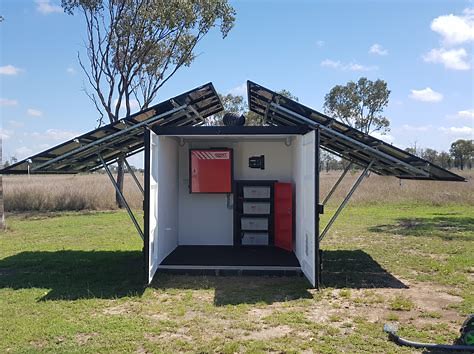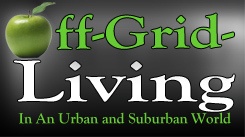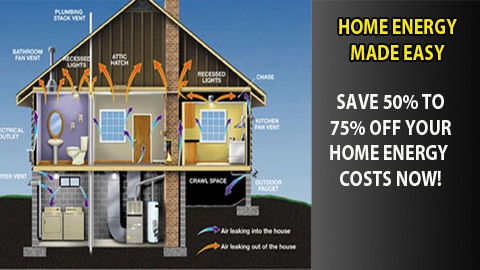
As the demand for sustainable energy solutions increases, stand alone solar power systems have emerged as a viable option for both residential and commercial properties. These self-sufficient systems are designed to generate electricity from sunlight and store it in batteries for later use.
Unlike grid-tied solar systems, which rely on a connection to the local utility company’s electrical grid, stand alone solar power systems operate independently of any external infrastructure. This means that they can be installed in remote locations or areas with unreliable power supplies, providing reliable access to clean energy without relying on fossil fuels or traditional power sources.
With advancements in technology making these systems more efficient and affordable than ever before, stand alone solar power is increasingly becoming a popular choice for those looking to reduce their carbon footprint and achieve greater energy independence.
How Stand Alone Solar Power Systems Work
Stand alone solar power systems are becoming increasingly popular as a renewable energy source for homes and businesses. These systems work by harnessing the power of the sun through photovoltaic (PV) panels, which convert sunlight into electricity.
The electricity produced by these PV panels is then stored in batteries or fed directly into an inverter that converts it into AC (alternating current) electricity, which can be used to power appliances and devices.
Stand alone solar power systems typically require little maintenance, have no noise pollution, and produce no harmful emissions, making them an excellent choice for those looking to reduce their carbon footprint while also saving money on energy bills.
In the subsequent section, we will explore some of the benefits of stand alone solar power systems in more detail.
Benefits Of Stand Alone Solar Power Systems

Stand alone solar power systems have numerous benefits that make them an excellent choice for powering homes, businesses, and even remote locations. Perhaps the most obvious benefit is their reliance on renewable energy sources, which means they don’t contribute to greenhouse gas emissions or climate change.
Additionally, stand alone solar power systems allow homeowners and business owners to become more self-sufficient when it comes to their electricity needs. They no longer need to rely solely on traditional grid systems or worry about blackouts or brownouts.
Another significant advantage of stand alone solar power systems is their cost-effectiveness over time. While installing a system may require some upfront investment, these costs can often be offset by lower monthly utility bills and potential government incentives.
Furthermore, with proper maintenance and care, a good quality stand alone solar power system can last for decades without needing major repairs or replacements. Overall, the long-term financial savings and environmental benefits make choosing a stand-alone solar power system an attractive option for many individuals and businesses alike.
As we’ve seen, there are many reasons why people choose to install stand alone solar power systems in their homes and businesses. But what exactly goes into making one of these systems? In the next section, we’ll explore the various components that make up a typical stand alone solar power system so you can better understand how this technology works.
Components Of A Stand Alone Solar Power System
As previously discussed, stand alone solar power systems have numerous benefits. One of the main advantages is their ability to provide reliable and sustainable energy in remote areas where grid connections are not available or feasible. Additionally, they can significantly reduce electricity bills and carbon footprints for homeowners and businesses alike.
To fully understand how a stand alone solar power system functions, it’s essential to know its components. These include:
- Photovoltaic (PV) panels
- Batteries
- Charge controllers
- Inverters
- Monitoring systems
PV panels capture sunlight and convert it into direct current (DC) electricity that charges the batteries via the charge controller. The inverter then converts DC electricity into alternating current (AC), which is suitable for powering appliances and devices. Monitoring systems track energy production and usage to optimize performance and identify any issues promptly.
When choosing a stand alone solar power system, several factors must be considered. These include:
- Location
- Energy needs
- Budget
- Installation requirements
- Maintenance costs
- Warranties
Location determines the amount of sunlight available throughout the year; higher latitudes require larger PV arrays than lower ones. Energy needs depend on the type and number of appliances or devices being powered regularly. Budgets vary depending on system size and quality but should also factor in long-term savings from reduced utility bills. Installation requirements could involve permits or specialized labor that add additional expenses to overall costs. Maintenance costs will occur over time as parts may need replacing or repairs made due to weather-related damage etc., so these should be included in budgets too!
Finally – let’s move onto our next section: Factors To Consider When Choosing A Stand Alone Solar Power System…
Factors To Consider When Choosing A Stand Alone Solar Power System

Did you know that the solar energy industry is expected to grow by an impressive 14% every year for the next five years?
This growth means that more people are turning to renewable energy sources like solar power systems in their homes and businesses.
However, choosing a stand alone solar power system can be overwhelming with many factors to consider.
When selecting a stand alone solar power system, it’s important to assess your specific needs.
You should determine how much electricity you need on average daily, as well as during peak usage times.
Additionally, think about any future plans or changes that may impact your electricity consumption such as buying new appliances or expanding your home or business premises.
It’s also essential to evaluate the climate conditions in your area since this will impact the effectiveness of your solar panels’ performance.
By considering all these critical factors, you’ll make informed choices when selecting a stand alone solar power system that best meets your requirements.
Conclusion
As a solar power systems expert, I highly recommend stand alone solar power systems as a reliable and sustainable source of energy.
Imagine waking up on a bright sunny day to the sound of birds chirping outside your window while your home is powered by the sun’s rays. The freedom of not being dependent on traditional electricity sources is truly liberating.
Not only are stand alone solar power systems environmentally friendly, they also provide cost savings in the long run. By investing in these systems, you can reduce or even eliminate your monthly electricity bills.
With proper maintenance, these systems will last for many years and provide consistent energy output throughout their lifespan. So why not take control of your own energy needs and invest in a stand alone solar power system?

